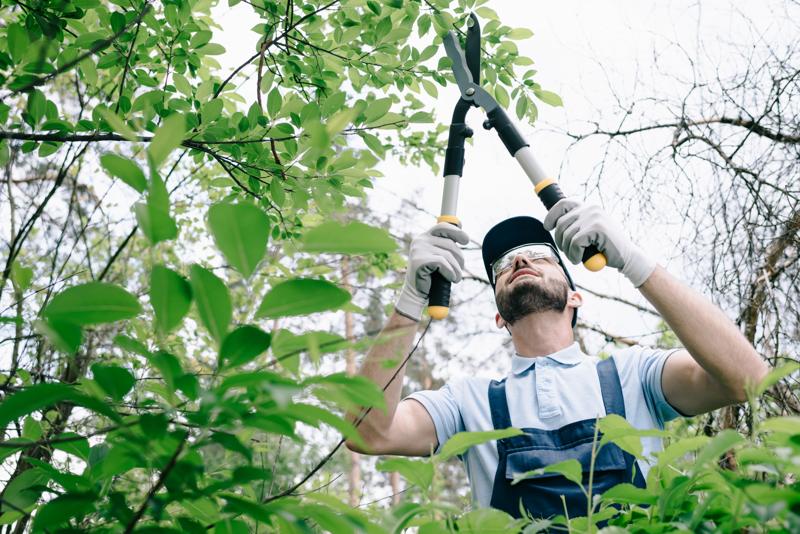Avoiding the Tree Removal Mistakes that can be made How to Determine If a Tree is Safe

Trees play an essential part in the environment, providing shade, clean air, and aesthetic value to our surroundings. However, not all trees are equal and some carry additional protection status, making it illegal to perform any activity without authorization. If you’re considering having a tree removed it is crucial to be aware of the status of protection for the tree being considered, and what steps you’ll need to take to ensure compliance with the law. The following article we’ll help you understand the process of discovering whether trees are safe and exactly what steps you will need be doing to make sure you are following the law.
What exactly is a tree that is protected?
A protected tree can be subject to specific legal controls, and it’s illegal to do works on a tree without obtaining the necessary permissions. There are two types of protection a tree may have - preservation orders and protection orders.
Statutory protection
Under legal protection trees are protected by law and are under the control of Tree Preservation Orders (TPOs). TPOs are enacted by local authorities in order to protect trees of significant public value and to ensure that they do not get damaged or destroyed.
Preservation orders
Preservation orders are similar to TPOs but are put in place from the Secretary of State responsible for Environment. Trees with preservation orders are considered to have exceptional worth and are therefore protected from any work, including the felling.
How do I know if a tree is protected?
To determine if the tree is protected, you need to verify if it’s in the process of being subject to the protection of a TPO or preservation or protection order. This can be accomplished by contacting the municipal authority, and asking them to check their archives.
TPO search
To search for an TPO, you can contact the Tree and Woodland Officer of the local authority. They will be able to tell you if the tree is protected. They’ll also be able advise you on the next steps you should follow if the tree is protected.
Preservation order search
In order to search for a preservation permit, you’ll need to call the Secretary of State for the Environment. They can determine whether the tree is protected and give you the required information and guidelines.
FAQs:
What happens if I conduct work on a protected tree without permission?
If you carry out work on a protected tree without the appropriate permissions, you could face significant fines, and possibly even jail time.
Can I contest to a TPO or preservation order?
You can appeal an appeal of a TPO or preservation or TPO if you believe it is unjustified. You will have be able to present evidence to back your claim and explain that the TPO or order to preserve isn’t necessary.
Can I cut down a tree that is protected tree?
It is against the law to remove trees that are protected without permission from the appropriate authorities. If you need removal of the tree then you must seek permission from the council and provide the evidence needed to prove your case.
Conclusion
In the end, determining if the tree is protected is a vital step to ensure that tree work is carried out legally. If you know the various types of protection, and knowing how to identify them to ensure you’re following the law and are protecting the trees you care for. If you are unsure about the status of protection for the tree you are in charge of, we suggest seeking advice from an expert in tree care, such as Sydney Tree Lopping. Our team of experienced arborists will be able to advise you about the protection status of your trees and guide you through the necessary steps to ensure you are following the laws. With our knowledge and dedication to providing top-quality tree care We can assist you to keep the beauty and value that your trees have. Call us now at 1300 274 346 to schedule a consultation, and let us guide you on how to keep your trees safe and healthy.





















